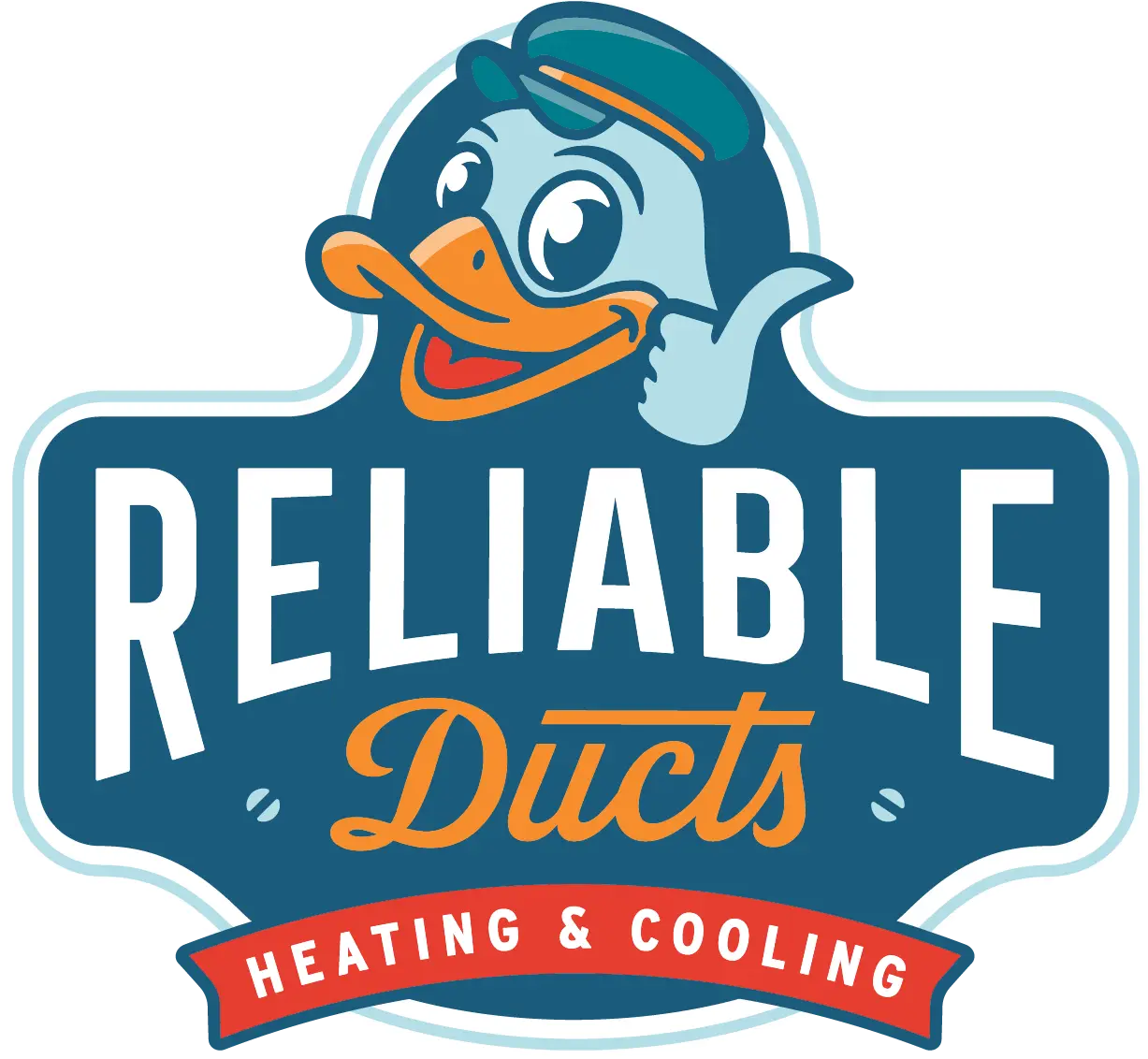[vc_row][vc_column][vc_column_text]Mold remediation is a critical step towards ensuring the health and safety of your home environment, especially when it comes to your HVAC system. Post-treatment, it’s essential to approach the reactivation of your heating, ventilation, and air conditioning (HVAC) system with caution to prevent the recurrence of mold. Here are some vital mold remediation tips for homeowners looking to safely turn on their HVAC system after mold treatment.
- Confirm Complete Dryness Post-Treatment
Before anything else, ensure that the treated areas and your HVAC system are completely dry. Mold thrives in moist environments, so it’s crucial to eliminate any residual dampness resulting from the remediation process. Use dehumidifiers and fans to aid in the drying process, and consider a professional inspection to confirm that no moisture remains.
- Replace Filters and Clean Vents
After mold treatment, replacing your HVAC filters is a must. Filters can harbor mold spores, and putting in fresh ones is an effective way to prevent these spores from circulating through your home. Additionally, clean all vents and air ducts to remove any trapped spores or dust. For thorough cleaning, hiring a professional duct cleaning service is advisable.
- Inspect and Clean the HVAC Unit
Inspect your HVAC unit thoroughly for any signs of mold. Pay special attention to drip pans, coils, and other components where moisture can accumulate. Cleaning these parts with a solution recommended by HVAC professionals can help eliminate any lingering mold spores.
- Test Your HVAC System
Before fully activating your system, conduct a test run to identify any potential issues. Listen for unusual noises and monitor the airflow. If you detect any moldy smells or suspect that the system isn’t operating correctly, turn it off immediately and consult a professional.
- Monitor Humidity Levels
Maintaining proper indoor humidity levels (between 30% and 50%) is essential to prevent mold growth. Use a hygrometer to monitor these levels and consider investing in a high-quality dehumidifier. Keeping humidity in check can significantly reduce the risk of mold recurrence.
- Schedule Regular HVAC Maintenance
Regular maintenance of your HVAC system is crucial for preventing mold. Have your system inspected and serviced by professionals at least once a year. They can identify potential issues and perform necessary cleanings to keep your system mold-free.
- Stay Vigilant for Signs of Mold
Even after taking these steps, it’s essential to remain vigilant for any signs of mold in your home. Regularly check common mold-prone areas and immediately address any water leaks or moisture issues.
A Proactive Approach Is Key
Following mold remediation, taking a proactive approach to reactivate your HVAC system is crucial for maintaining a healthy home environment. By implementing these tips, you can significantly reduce the risk of mold recurrence and ensure your home remains a safe and comfortable space for you and your family.
Remember, when in doubt, consulting with mold remediation and HVAC professionals can provide peace of mind and ensure that your system is safe and ready to use post-treatment. [/vc_column_text][/vc_column][/vc_row]



